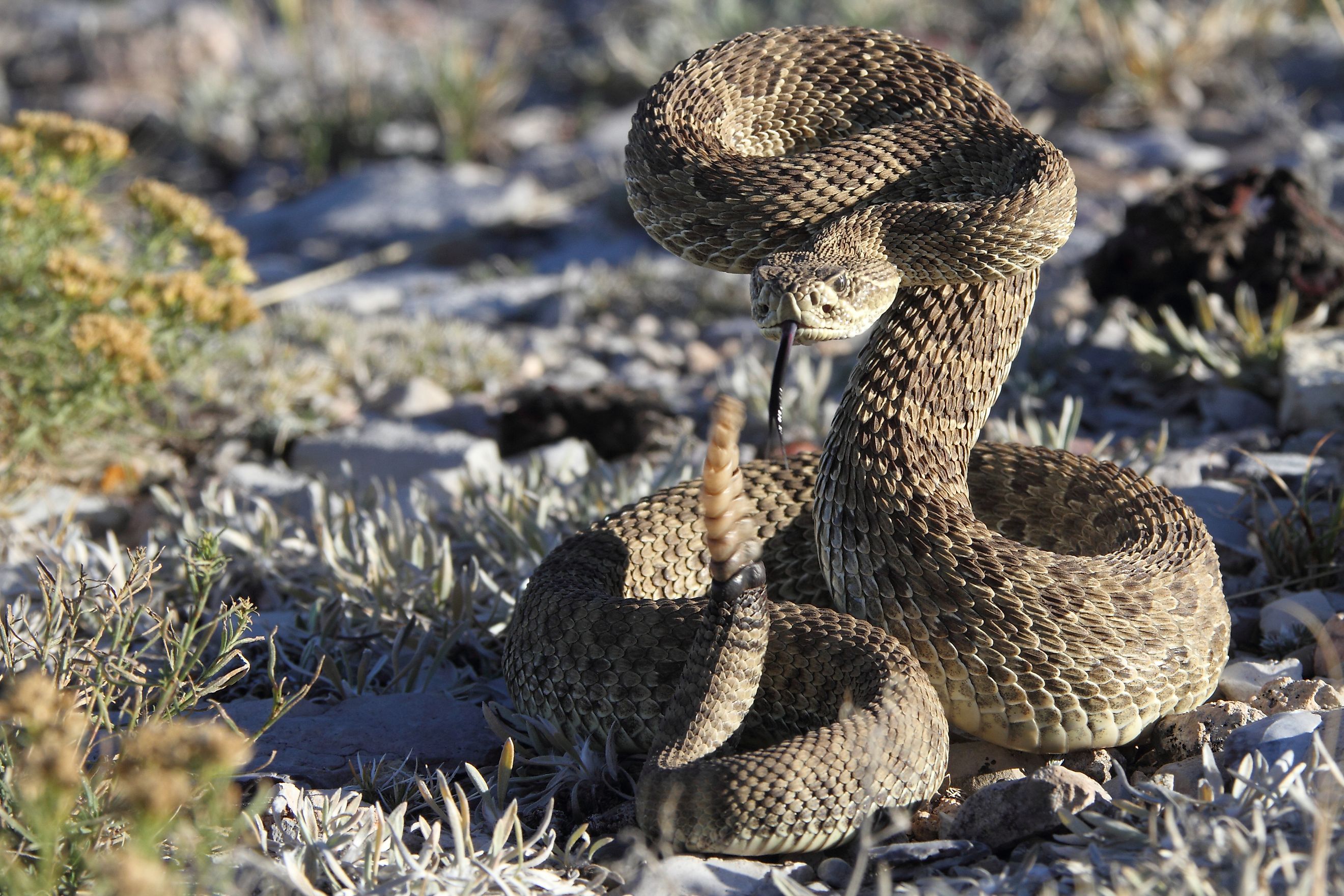
5 Most Rattlesnake Infested Areas in South Dakota
From prairies to rocky outcrops, serpentine riverbanks attract a host of adventurers to the rough beauty of South Dakota. But this same dramatic landscape is also home to one of its least welcome residents: the prairie rattlesnake, Crotalus viridis, the only venomous snake native to the state. The warm, dry climate and variation in terrain are ideal conditions for South Dakota snakes, and indeed, western parts of the state harbor huge populations of rattlesnakes. The prairie rattlesnake is extremely poisonous; if its venom is not treated, it can cause great harm and even death. Therefore, it demands respect and caution from anyone who enters its territory. Knowing where these reptiles are most active helps campers and outdoorsy people not only to be informed but also to have a safe, enjoyable time.
Black Hills Region
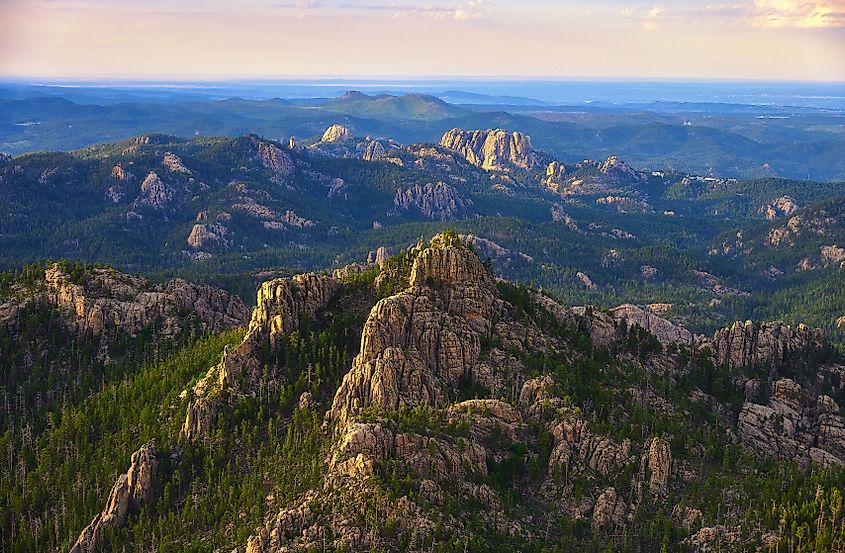
The Black Hills are a dramatic uprising of the Great Plains of South Dakota, spanning 5,000 square miles with the highest summit at Black Elk Peak, which rises to 7,242 feet. This mountain range is an outdoorsman's paradise: from easy, rolling trails through rugged terrain to prairies filled with wildlife, such as prairie dogs and deer. Local reservoirs provide ample opportunity for fishing and camping, while hunting is regulated in season. The Black Hills hold immense cultural importance in the history of the Lakota people and were a site of great change in the 19th-century Gold Rush that changed the nature of the landscape and cultures. The geology is varied, including prairie, sandstone outcrops, and streams, and it is also known to host rattlesnakes up to approximately five feet in length. Although non-aggressive, these snakes are well camouflaged and require vigilance, particularly around rocky areas, from visitors.
Lake Francis Case
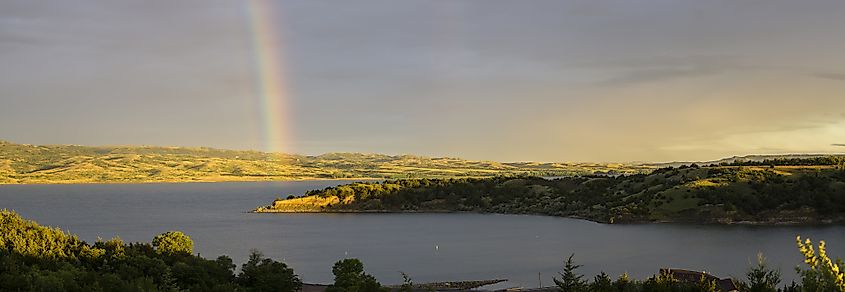
The Missouri River area is a dynamic region of grasslands, rocky bluffs, and woodlands, offering diverse activities and a rich history. This area, including Lake Francis Case, a 100,000-acre reservoir stretching over 100 miles, is ideal for fishing, boating, and hiking. Anglers can enjoy walleye and bass fishing, while hikers can explore trails with opportunities to view wildlife like deer, prairie dogs, and numerous bird species. The river’s history is deeply rooted in Native American culture and the Lewis and Clark Expedition, which documented its vast biodiversity. The geography, with its rolling prairies and woodlands, supports abundant prairie rattlesnakes, particularly west of the river. Visitors are urged to remain cautious, as these snakes are most active in the warm months, particularly June through August, and blend seamlessly into the landscape.
Custer State Park
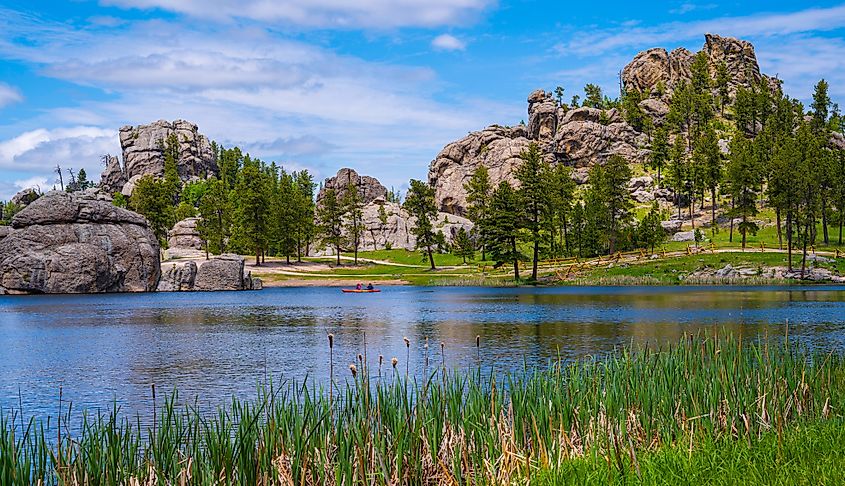
Amid the grand variety of prairie and rough mountains in the Black Hills of South Dakota, Custer State Park is spread over approximately 71,000 acres. The prairie rattlesnakes are found amongst rocky outcrops in prairies and parks; those are otherwise good habitats in hosting a grand diversified range of wildlife contributing their bit for some few episodes, which includes the reasonably unfortunate death of a rather curious park burro due to a poisonous snake in June this current year. Rattlesnakes aside, the iconic residents of this park-bison, elk, and pronghorn-lure in naturalists with an important message for visitors to be attentive to wildlife, respect animals, and view this magnificent park responsibly.
Lake Oahe
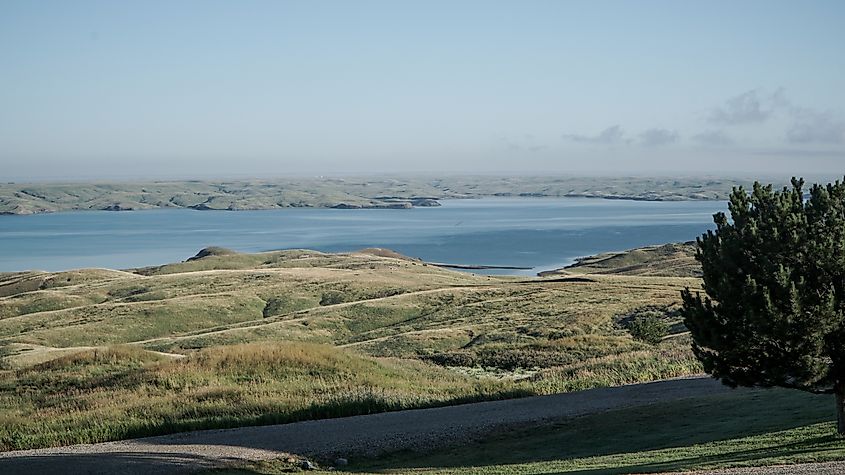
It is one of the largest reservoirs in the United States, extending 231 miles along the course of the Missouri River from central South Dakota into southern North Dakota. Lake Oahe has more than 2,250 miles of shoreline. Formed in 1958 by the construction of the Oahe Dam, the lake was part of the Missouri River Basin Project, which aimed to provide flood control, hydroelectric power, and irrigation. Its waters cover approximately 370,000 acres, creating a rich ecosystem that supports fishing, boating, and camping activities. Noted for its excellent walleye fishing, Lake Oahe is one of those lakes attracting anglers from across the country. Its surrounding prairies and bluffs give it more scenic attractiveness with hiking and wildlife observation possibilities. The lake's diverse habitats further support prairie rattlesnakes in the nearby rocky and grassy areas, adding a natural element to the region's ecological balance.
Grand River National Grassland
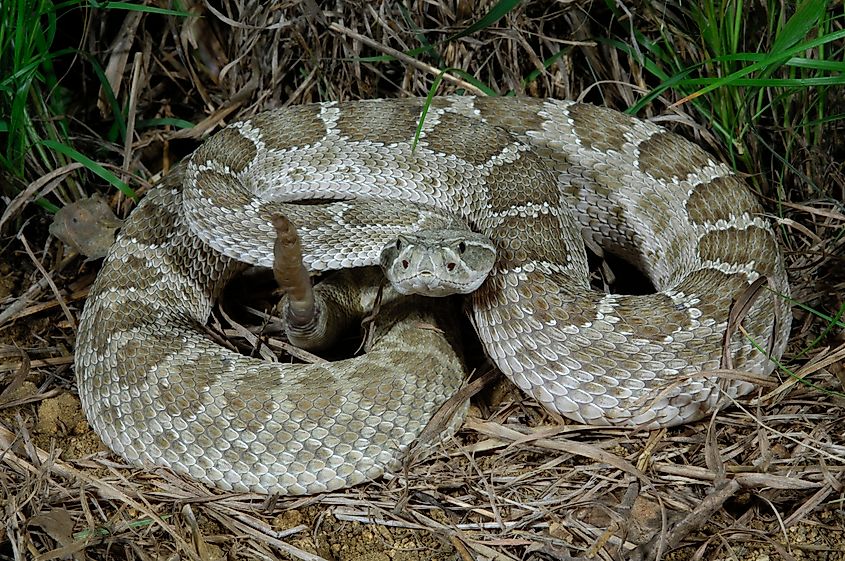
Spanning 154,000 acres, the Grand River National Grassland in northwestern South Dakota offers a diverse range of historic and geographic landscapes, perfect for outdoor exploration. There is a system of trails, such as the Blacktail Trail, to walk in expansive prairies and rugged terrain where prairie dogs, deer, and birds have made their homes. The proximity to Shadehill Reservoir offers great fishing for walleye and other game fish, plus some primitive camping. Hunting is also popular during seasons and includes deer, antelope, grouse, and waterfowl. Historically, the land was home to Indigenous peoples, including the Lakota Sioux, and later saw settlement under the Homestead Act before federal conservation efforts restored its degraded prairies after the Dust Bowl era. The rolling prairies, sandstone outcrops, and riparian zones of the grassland are also home to rattlesnakes, making vigilance an important ingredient in one's exploration of this natural haven.
Safety Tips for Exploring South Dakota’s Rattlesnake Habitats
In South Dakota, the rich history and diverse ecosystems blend into the raw beauty of nature to give visitors a bundle of outdoor activities. From hiking, camping, fishing, and wildlife viewing in the rugged Black Hills to the Missouri River region to the tranquil shores of Lake Francis Case, these areas have it all. Visitors need to be aware of the local wildlife, especially prairie rattlesnakes. Although venomous, these reptiles are important to ecological balance, keeping the populations of small mammals in check. Rattlesnakes are found throughout the grasslands, rocky bluffs, and near streams; they are well camouflaged and usually not seen, especially during the warmer months when they are active. They are generally not aggressive but can be dangerous when provoked or accidentally met. Areas like Lake Francis Case and the Missouri River are well-recognized areas where rattlesnakes have been known to exist, and great caution is called for. With a little knowledge and preparation, one can enjoy the beauty of South Dakota while not disturbing the animals of these areas.











